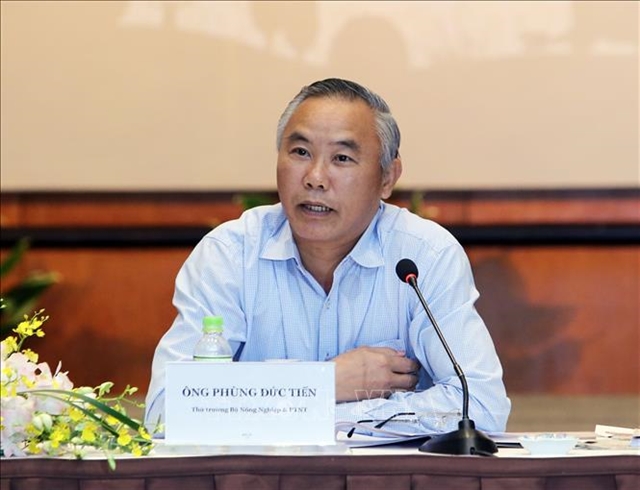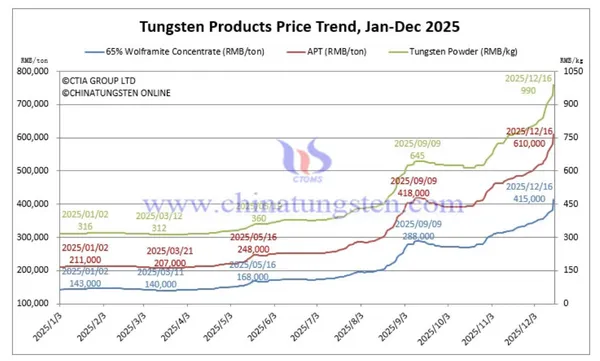 Economy
Economy


|
| Deputy Minister of Agriculture and Rural Development Phùng Đức Tiến |
In light of the latest US protectionist policies and the increasing risk of a trade war, Việt Nam's agricultural, forestry and fishery exports have come under scrutiny.
Vietnam News Agency talked with the Deputy Minister of Agriculture and Rural Development Phùng Đức Tiến about the ministry's solutions to ensure growth and export targets can be met for the whole year.
Tell us about the production and export results for the agricultural sector in January.
In the first month of 2025, the production growth of the agricultural sector still had positive results. Rice production increased compared to the same period, of which the harvested rice area was at 166,800 hectares, up 80 per cent. Livestock, such as pigs and poultry, still grew quite well, by 1.7-3.7 per cent, ensuring food supply. Timber output also significantly increased by more than 8 per cent. Thus, the growth momentum in the main sectors of the industry remained relatively good.
Regarding exports, the estimated export value of agricultural, forestry and fishery products in January 2025 reached US$5.08 billion, down 4.9 per cent compared to the same period in 2024. As a result, the industry's export target of $64-65 billion this year will face difficulties and challenges.
What are the causes of the decline in exports and what can the ministry do to help achieve the targets for the whole year?
Recently, some products have increased export volume, but prices have decreased. Some products have even decreased in both quantity and price. In addition, some import markets have decreased demand. For example, the average export price of rice in 2024 reached $627 per tonne, an increase of 9.1 per cent compared to 2023. But currently, the price of rice is only about $440 per tonne. The reason is that India has reopened exports, and some countries have partially achieved food self-sufficiency.
Exports of agricultural, forestry and fishery products decreased in January 2025, but this was only the first month of the year.
As Việt Nam has a good production system to maintain growth momentum, the ministry expects to reach the export targets.
As we have so far found out the causes of the export decline, we are promoting to expand exports to other markets.
After the Prime Minister's directions, the ministry has directed a number of enterprises, such as De Heus Vietnam, C.P. Vietnam, to export to the Halal market.
In addition, the ministry has also met with enterprises to find solutions to enter new markets to maintain scale and gain growth momentum in 2025.
Việt Nam and the US have recently reached a bilateral solution to end the dispute in the case of applying anti-dumping tax on Vietnamese tra fish products exported to the US. How do you evaluate this result?
It is not easy for tra fish to enter the US market and gain US recognition to have good production and processing systems that are equivalent to those in America. Vĩnh Hoàn Joint Stock Company, which has a large scale, closed chain, deep processing and high value-added products, is a pioneering exporter to the US. After a long process of negotiation, the company is an enterprise that qualifies not to be imposed taxes according to US regulations.
In addition to Vĩnh Hoàn Joint Stock Company, there are eight other enterprises that are allowed to export tra fish to the US. These enterprises all have large production and export scales and are recognised to have equivalent production by the US. Every year, the US comes to Việt Nam to inspect food safety and Vietnamese companies are recognised to have good production and processing systems that are equivalent to the US.
Tra exports to the US account for about 17 per cent. We expect Vietnamese companies which have been exported to the US will continue to maintain growth.
The US will impose tariffs on imported goods from several countries such as Canada, Mexico and China. Many countries have also expressed concerns about the impact of US protectionist measures. As the risk of a trade war is increasing, what solutions will the agricultural sector have to ensure production and export growth?
The US President has signed executive orders announcing tariffs on goods from Canada, Mexico and China. It is expected that there will be difficulties and challenges when there are trade confrontations between the US and several other countries. However, Việt Nam and the US have had a comprehensive strategic partnership that has been maintained quite well.
At Government’s meetings, ministries and sectors all commented on the risk of a trade war. The Ministry of Agriculture and Rural Development (MARD) will coordinate with the Ministry of Foreign Affairs to promote exports to the Halal market. The MARD will also coordinate with the Ministry of Industry and Trade to strongly expand to other markets, especially the US and China.
Việt Nam has a trade office in the US, which is an effective source of information, trends and needs of this market. Therefore, information from the counsellor and the embassy in the US will help the MARD analyse, promote trade, and organise production to meet market requirements.
Exports to the US account for 21.8 per cent of Việt Nam’s total agricultural, forestry and fishery export value. Việt Nam has successfully entered the US market, but it must maintain it. Despite unpredictable policy changes, Việt Nam will catch up with them.
Under the direction of the Government and the Prime Minister, the MARD has been coordinating with provinces and cities to enable to catch up with the unpredictable changes in the US, Chinese and other markets in order to maintain growth momentum. — VNS




